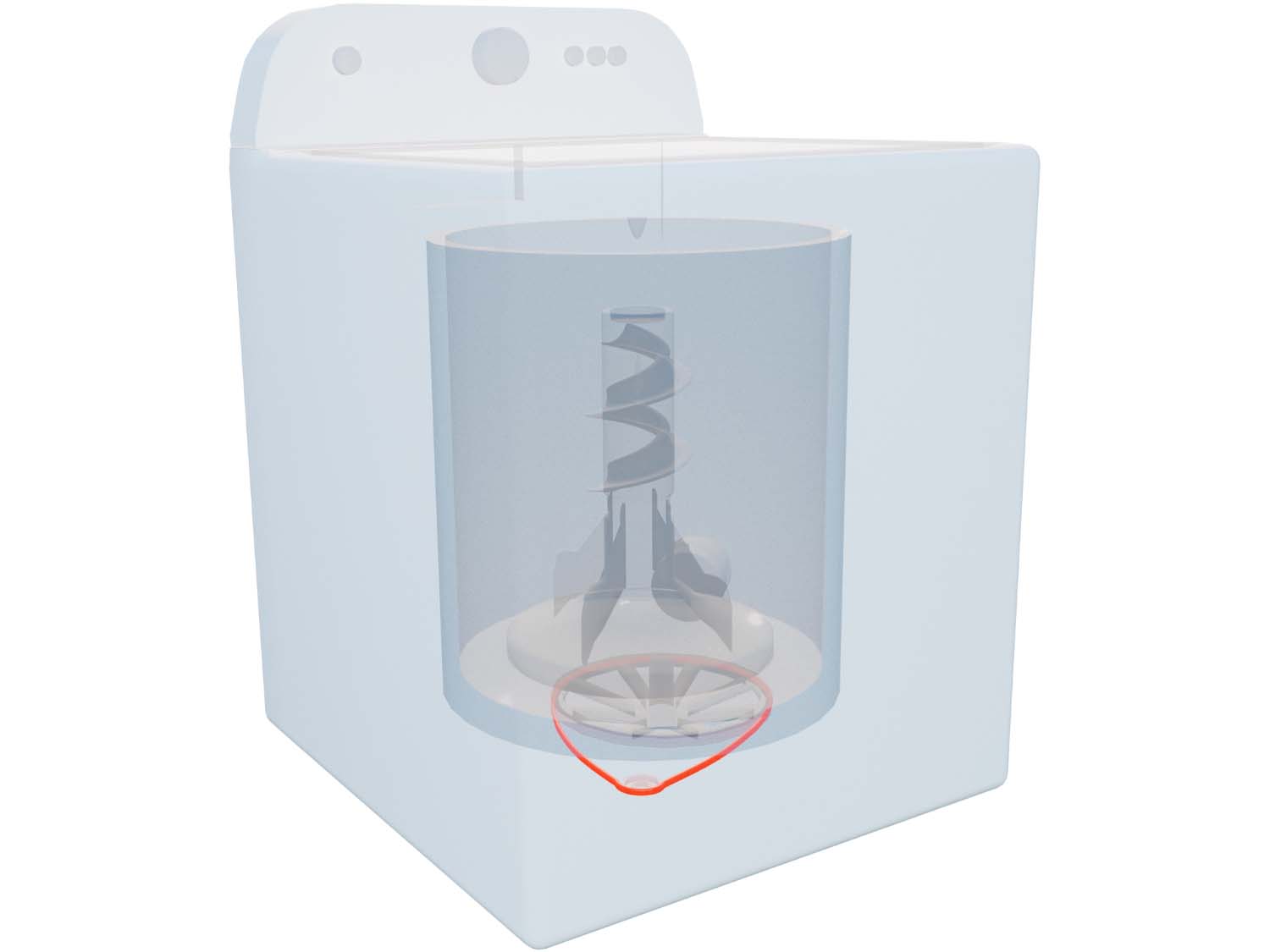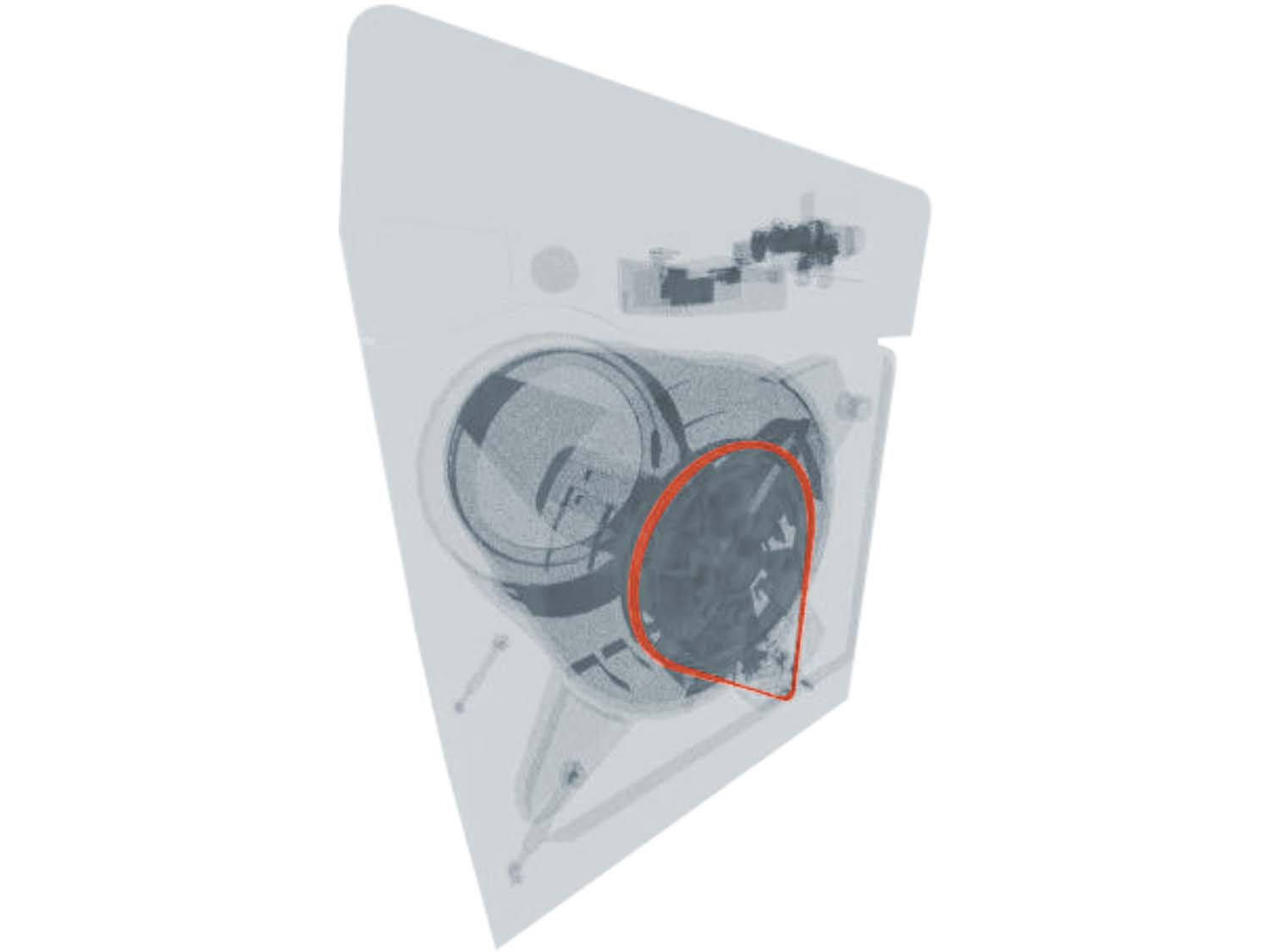How to Fix a Drive Belt for a Washer That Has Spinning Issues
The drive belt allows the drum in your washer to spin. The belt is prone to tearing due to the high friction it experiences during the washers' cycles. It is also possible that the belt may lose tension and slip off. A defective drive belt can result in a burning rubber smell, or an excessively noisy washer while operating and a failure in the drive belt could keep the machine from spinning its load. Below you will find information to help you determine if the cause of your top-load washer not spinning is a problem with the drive belt.
What is a Drive Belt?
If you have a top-load washer, a drive belt may be what’s connecting the transmission to the drive motor. A failure in the drive belt could keep the machine from spinning its load. If there is an issue with the belt, you may experience a burnt odor or an unusual noise. Your drive belt could be a rubber V-belt covered in fabric, which can slip a bit. Or it could be a rubber belt that is aided by a tension device, like an idler pulley, so that the motor doesn’t cause too much friction to the belt.
Where is the Drive Belt Located?
In a top-load washer, the drive belt is found at the bottom of the machine, connecting the transmission to the drive motor. For front-load washers, the drive belt goes between the drive motor and the wash basket, and is typically located at the rear of the machine. This type of washer usually features a belt with multiple ribs that’s more tightly stretched than the top-loading washing machine drive belt.
General Location of the Drive Belt in a Top Load Washer

General Location of the Drive Belt in a Front Load Washer

How to Access, Remove, and Inspect a Drive Belt
- After unplugging your washer, remove the cabinet or access panel in order to locate the drive belt. The drive belt will be connected to the drive motor and can be removed by disconnecting the clamps holding it in place.
- Visually inspect your drive belt. You are looking for signs of damage, wear, fraying, or burning. If your belt has any of the symptoms described above, you need a replacement drive belt.
How to Remove a Drive Belt in Your Top-Load Washer

How to Remove a Drive Belt in Your Front-Load Washer

How to Test a Drive Belt
A defective drive belt may appear worn, frayed, or cracked and can result in a burning rubber smell or an excessively noisy washer while operating.
How to Install a New Washer Drive Belt
- Before installing a new drive belt, clean off both the transmission pulley and the motor pulley. Make sure there is no oily residue on the pulleys.
- Feed the new belt first around the motor pulley, then around the transmission pulley. Make sure the belt is centered around both pulleys.
- If your machine has a belt tensioning pulley, ensure that it is in good condition and that the belt around it is in good condition, then reinstall the belt cover.
How to Install a Drive Belt in Your Top-Load Washer

How to Install a Drive Belt in Your Front-Load Washer

Next: Troubleshooting the Pulley
Go To Main Page: Spinning Issues




